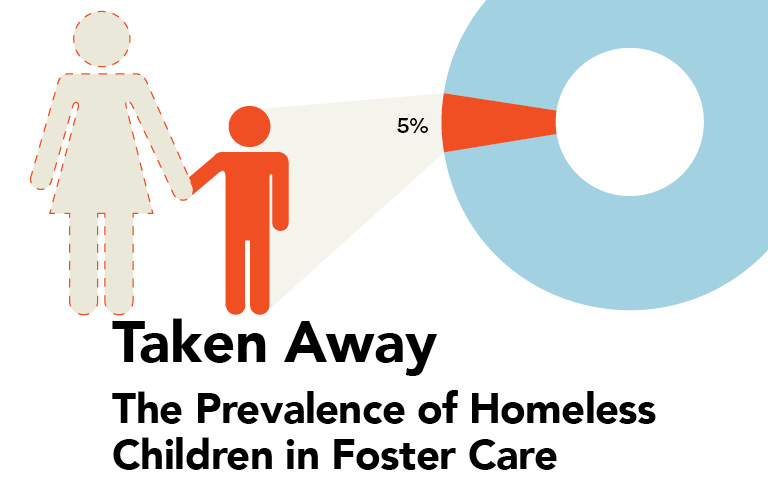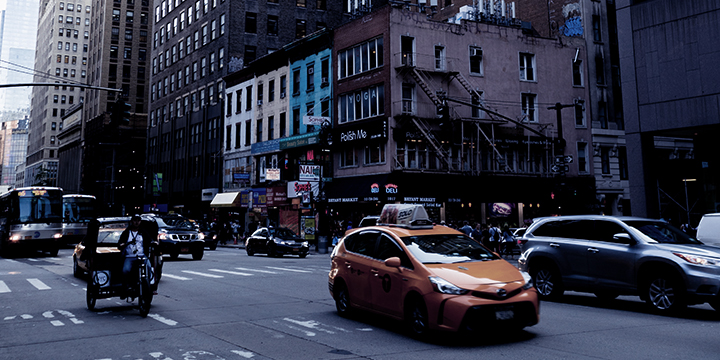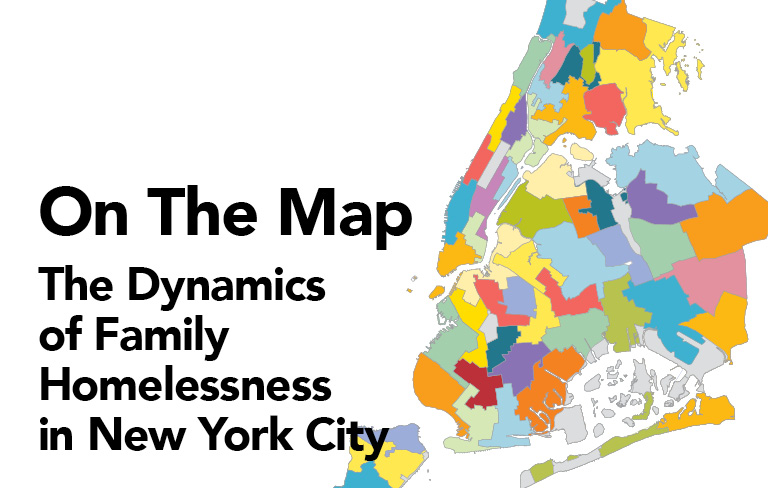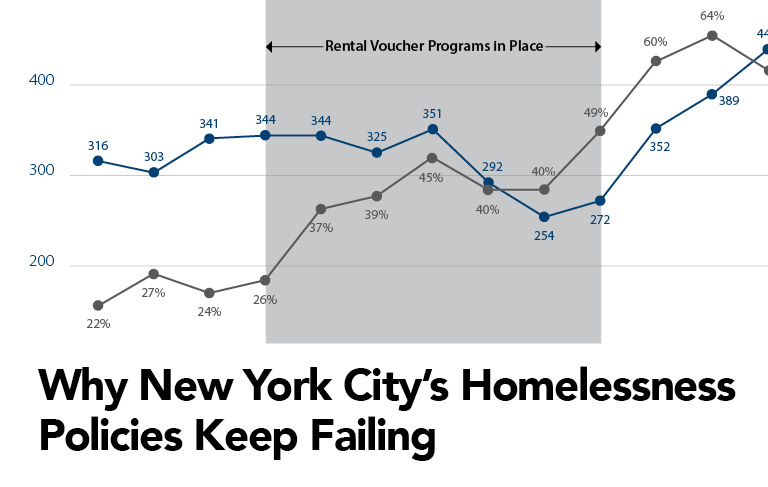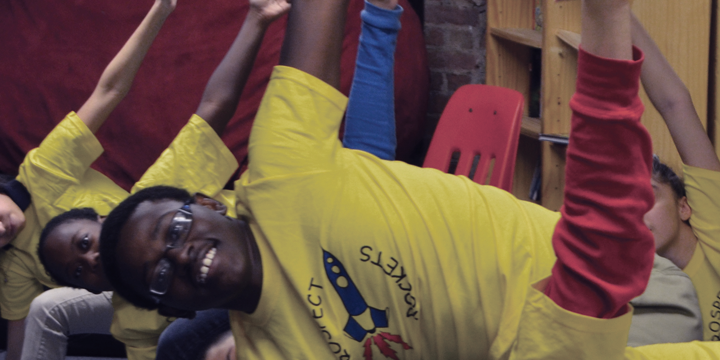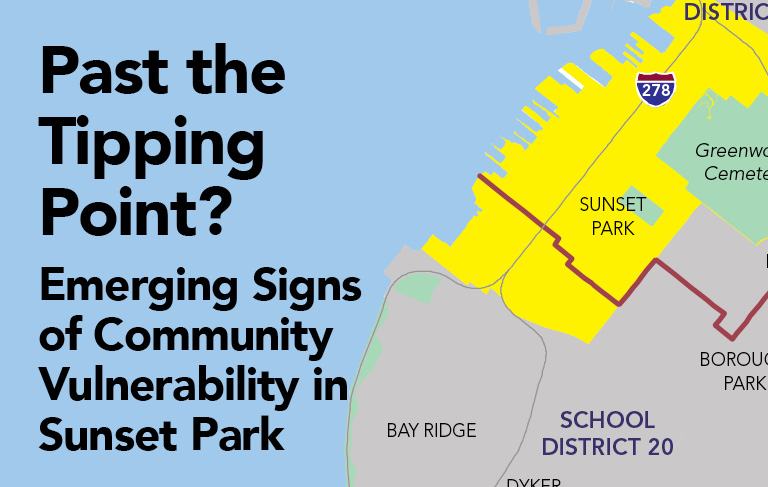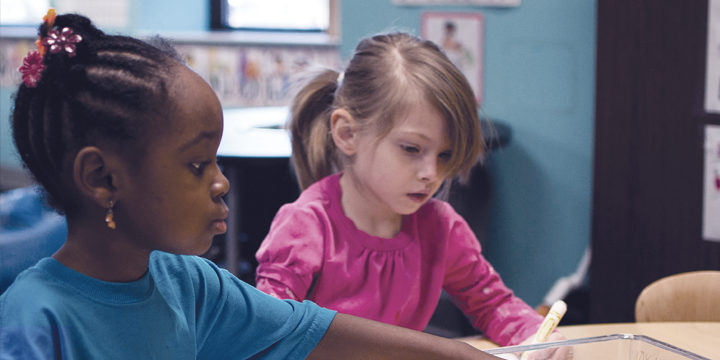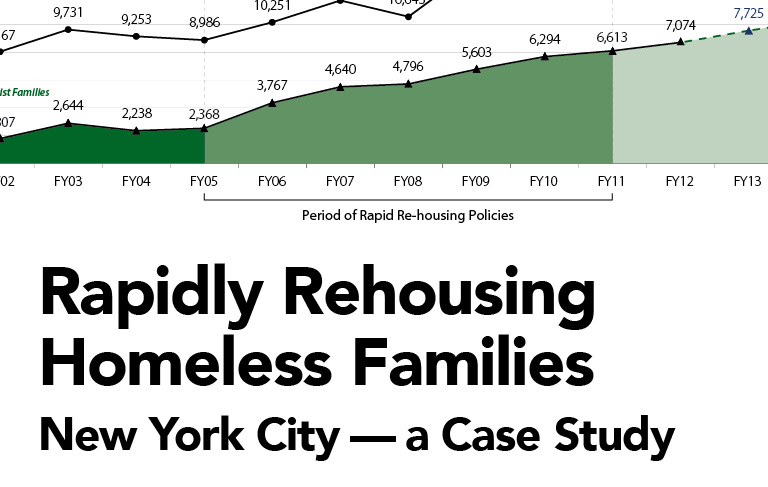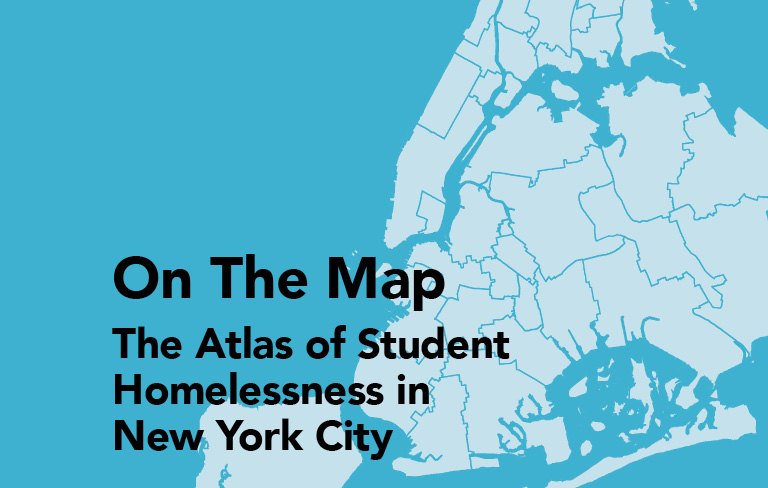
In New York City, more and more children are facing the most extreme form of instability and poverty—homelessness. The new report provides a detailed picture of homelessness within the city’s educational system: where homeless students go to school, what kinds of support they may need, what their academic outcomes look like, and what the lasting impacts of homelessness are educationally—even after a student’s housing instability has ended.…
Read More
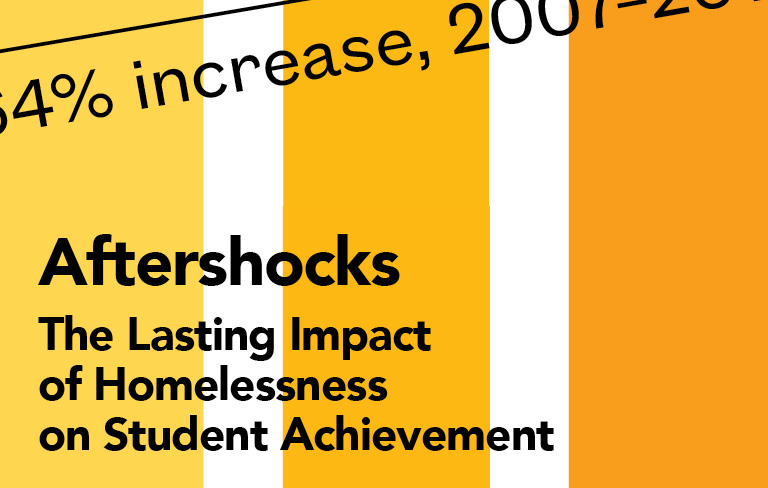
Educators have long known the negative effect that housing instability can have on a child’s education, but this policy brief suggests that these effects do not end when a student is stably housed. This brief looks at the educational outcomes of homeless and formerly homeless students during the 2013–14 school year and the implications these outcomes have for education policy in New York City.…
Read More
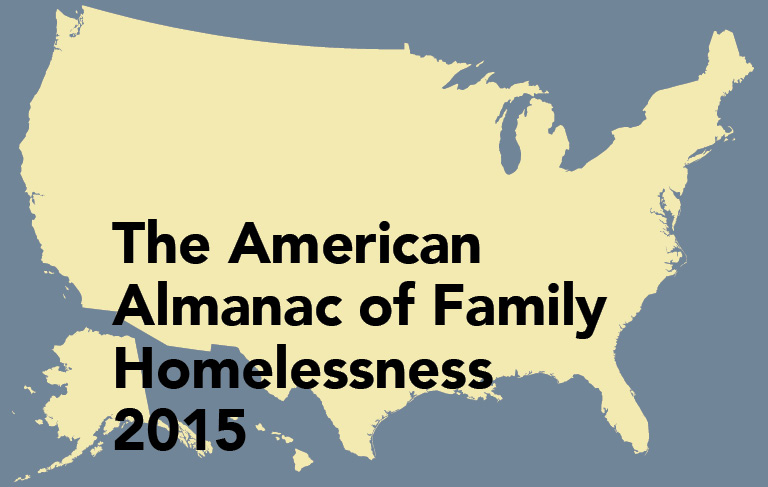
In a single, comprehensive resource, the American Almanac of Family Homelessness identifies and analyzes key issues surrounding homelessness among families with children, examines state strategies, and illustrates the impact of public policies on family homelessness across the country.…
Read More
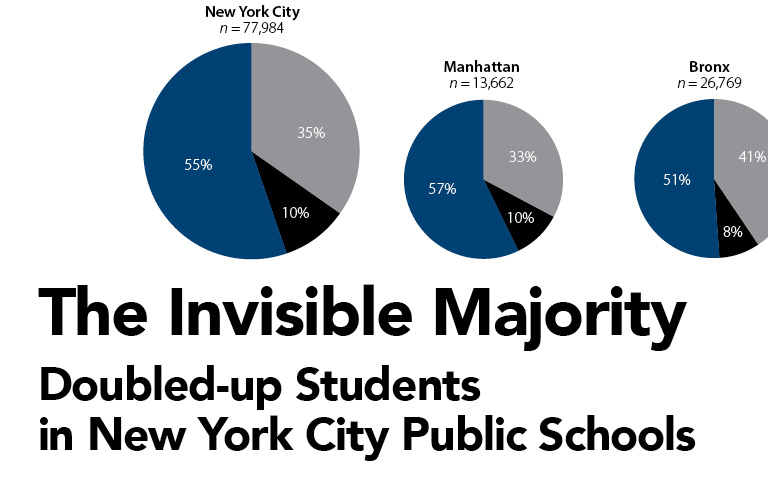
Homelessness is now so pervasive in New York City that it directly affects roughly one out of every 13 public school children. Over 83,000 students enrolled in city public schools in school year (SY) 2013–14 were identified as homeless. More than half of those 83,000 homeless students are living doubled up in someone else’s apartment due to loss of housing or economic hardship. This brief examines the growth in doubled-up students across the boroughs between SY 2010–11 and SY 2012–13 and the significance it has for city policies.…
Read More
